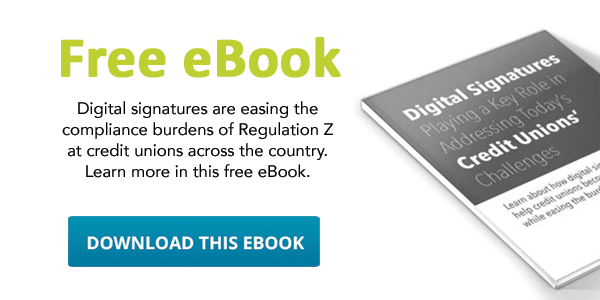Today we have a guest blog post from Karen Houston-Johnson, VP at Credit Union Resources, Inc. Karen brings us some tips for succession planning if your credit union's CEO resigns.
 One of the fundamental duties of the board is to ensure that the credit union is well run. The board is responsible for finding and keeping the person most suitable to manage the organization and this task is not an isolated task. It is an essential part of succession planning — a proactive process to keep the management constantly aligned with the strategic direction and plan of the credit union.
One of the fundamental duties of the board is to ensure that the credit union is well run. The board is responsible for finding and keeping the person most suitable to manage the organization and this task is not an isolated task. It is an essential part of succession planning — a proactive process to keep the management constantly aligned with the strategic direction and plan of the credit union.
This is a process that the board should regularly discuss and update. Only then is it possible to create a positive succession culture that allows the board to react wisely and in a timely manner when it needs to support the present CEO or to choose the next leader.
Succession planning is a process for ensuring that the most qualified person is always running the credit union — not necessarily to groom a successor or determine ahead of time who the next CEO should be. A good plan proposes guidelines and options for action when that action is necessary. The steps of the plan are activated when it is clear the present CEO is leaving suddenly or when the departure is planned.
A succession plan should include the following elements:
- An up to date job description for the CEO
- Clear annual performance expectations for the CEO
- Measurable indicators for the performance of the entire credit union
- Determination at regular intervals whether the organization is going in the right direction and what the key qualities of the CEO should be
- Assumption that the CEO must be capable of taking the organization to its expected level of performance
- A process for hiring a new CEO
- Options for managing the executive transition period
- Emergency measures for unexpected loss of the CEO
Every CEO leaves the organization sooner or later. By having a process in place, the board can avoid knee-jerk solutions or making quick-fix decisions. Being prepared allows the board to save time as it does not have to start by "planning the plan." It can immediately focus on pre-evaluated options. By maintaining succession planning as a part of its regular strategic planning approach, the board can reduce the human drama of a leadership transition and approach the future with structure and direction.
%20formatted-1.png?width=2528&height=739&name=SIGNiX%20Logo%20Main%20(white)%20formatted-1.png)

